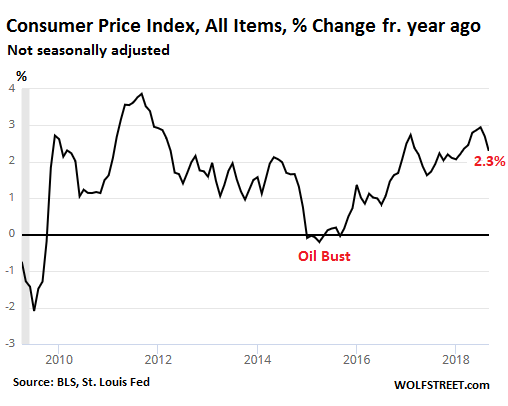“We are clearly at a crossroads on many fronts: globalisation, geopolitics and economics”, says Steen Jakobsen, Chief Economist and CIO, Saxo Bank.
“The next quarter will either see dampening of volatility by a less aggressive Fed, more active easing in China, and a compromise on the European Union budget… or a further escalation in tensions between all three areas. I would not bet against the latter into Q4, but I remain confident that we stand only a few months away from the beginning of a new easing cycle based on ugly realities, not the hope expressed by politicians and often market consensus.
”For now, we estimate that the US economy has peaked – the powerful expansionary cocktail of unfinanced tax cuts, repatriation of capital, and fiscal spending ramped up growth in the US, but these one-off effects will peter out as the year ends. Already the US housing market is showing signs of strain as the higher marginal cost of capital (the higher yield on mortgages, more specifically) is starting to have a material impact on future growth.
”As certain as we are about the US having peaked, we are less certain as to how soon China will reach the bottom of its deleveraging process and begin to expand more forcefully again.”
Against this uncertain backdrop, Saxo’s main trading ideas for Q4 include:
Equities – Setting the stage for a comeback in value stocks
…click on the above link to read the rest of the article…




































